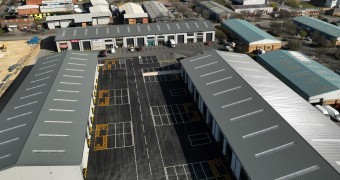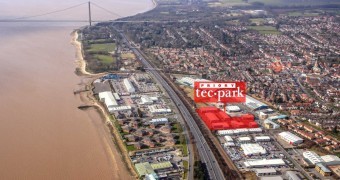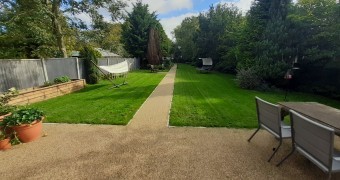Constructing and powering residential and commercial buildings have long been major contributors to global energy consumption and the production of greenhouse gases. But now, with energy bills soaring and the climate crisis reaching a tipping point, a growing group of architects are realigning their priorities.
As well as creating buildings that excel in form and function, architects are actively working to reduce the environmental impact of their designs. Through every aspect of the planning and construction process, they are making choices and implementing technologies that are more energy efficient, produce less waste and harness the power of the natural environment.
Sustainable architecture, also called green architecture, is the design of eco-friendly spaces that enhance our present and future. Here we look at what it is, the benefits and some of the key trends.
What is sustainable architecture?
Sustainable architecture is the process of planning and constructing buildings that look good and do good by reducing humanity’s impact on the environment. It is a multi-layered task that considers every aspect of a building, from the construction materials and the implementation of plumbing, heating, cooling, waste and ventilation systems to how natural elements are incorporated into the built environment.
Sustainable architects also consider the maintenance and afterlife of the building and the comfort and health of its users to create spaces that achieve long-term energy, resource and social sustainability.
Commercial property solutions
Our team of building consultants provide a range of commercial property solutions, from specialist building surveys to architecture and education funding application support. Speak to one of our experts to find out how we can help you deliver your objectives.
What are the key benefits of sustainable architecture?
According to a 2022 report, buildings and construction account for nearly 37% of energy-related carbon dioxide emissions and 34% of global energy use. Given the escalating challenges of habitat loss, resource depletion and climate change, carrying on in the same way is not an option.
Sustainable building design is the answer. It brings many benefits that can help to turn the tide, including:
- Reducing energy consumption and waste
- Reducing reliance on traditional energy sources
- Protecting ecosystems and biodiversity
- Improving air and water quality
- Enhancing the living conditions, health and comfort of inhabitants
- Re-establishing the connection between nature and humans
- Reducing long-term building and living costs
These benefits, combined with the job generation potential of the move to sustainable building design, mean green architecture is here to stay.
Sustainable architecture examples
Although sustainable architecture still represents a relatively small proportion of overall construction, there are many noteworthy projects taking place around the world.
One Central Park in Sydney Australia is a striking example. Its vertical gardens feature 250 species of plants and flowers that act as natural air filters to enhance air quality and reduce mechanical ventilation.
Closer to home, Manchester’s One Angel Square incorporates several energy-efficient features, such as a rainwater harvesting system, natural ventilation and a combined heat and power plant. It also harnesses the power of natural light and has a distinctive aerodynamic shape to reduce heat loss and wind resistance.
What are the key green architecture trends?
Adaptive and modular spaces
With traditional housing becoming unaffordable for many, alternative construction methods that use natural materials can provide a sustainable solution. Examples include homes and offices made from recycled shipping containers. They are affordable, can be repurposed and recycled, and use less land mass than traditional structures.
Biophilic design
Integrating living walls and vertical gardens, utilising natural materials as much as possible and even incorporating water features are popular examples of biophilic design in practice. This type of green architecture can improve the air quality, contribute to a sense of wellbeing and enhance the aesthetic appeal of architectural spaces.
Smart buildings
Smart technology has tremendous potential in sustainable architecture and can turn static structures into dynamic and efficient entities. Incorporating sensors, automation systems and data analytics into building designs can create spaces that adapt to the behaviour of their users. That reduces energy consumption and delivers a more connected experience.
Net zero and positive energy buildings
The ultimate aim for many sustainable architects is to design buildings that generate as much energy as they use - their net zero. That can be through a combination of energy-efficient design and the use of renewable energy sources, such as solar panels. Some architects go one step further by designing positive energy buildings, which produce more clean energy than they use and feed the surplus to the grid.
Voluntary sustainable standards
Something we’re seeing more of are voluntary standards that assess a building’s level of sustainable design and construction. In the UK, individual buildings and projects can apply for BREEAM Certification, an objective assessment of sustainability that assesses whole-life performance.
Pioneering a sustainable future
At Eddisons, we can help you embrace sustainable architecture with spaces that improve energy efficiency, reduce waste and optimise whole-life performance. Our in-house architectural team blends innovation and technical expertise to create better spaces across diverse commercial sectors. Find out more about our architectural services or get in touch to discuss the steps you can take for a brighter tomorrow.
Experts in commercial property
Contact our team of leading auctioneers, property agents, and RICS-qualified surveyors today.





